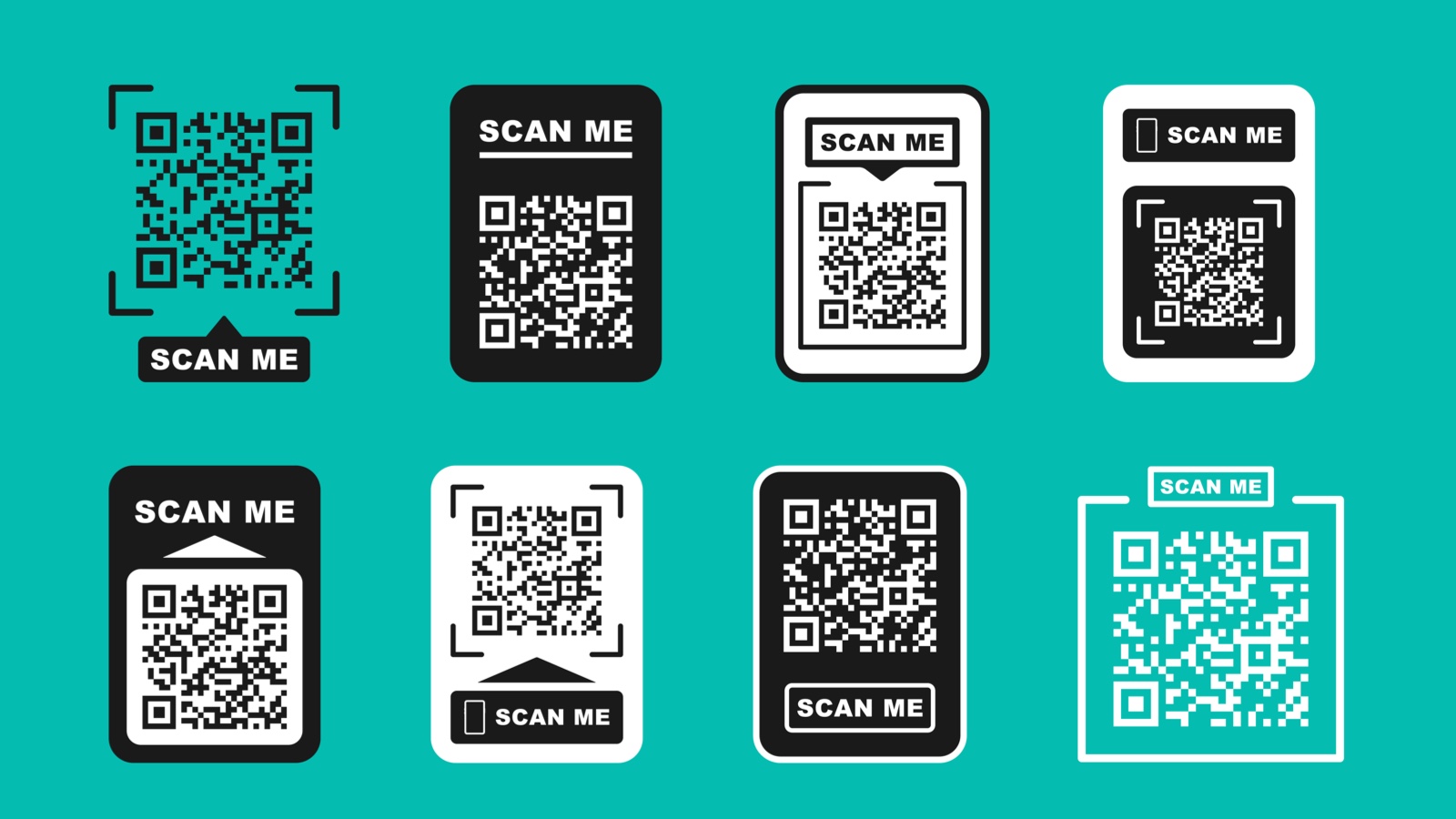Physical Address
304 North Cardinal St.
Dorchester Center, MA 02124
Physical Address
304 North Cardinal St.
Dorchester Center, MA 02124

QR codes have rapidly transformed the way students and educators interact with learning materials. From interactive textbooks to online quizzes, these small, scannable codes provide instant access to information, making learning more efficient and engaging. But what happens when a QR code is part of a digital file, screenshot, or shared image? Instead of struggling to open it in another app, students and teachers can use a reliable qr code scanner from image to instantly access the content. This approach has made QR codes even more versatile in modern classrooms.
QR codes can store large amounts of data in a small square pattern, which can be scanned by smartphones, tablets, or computers. Educators use them to:
· Link to instructional videos or tutorials
· Provide access to online assignments or quizzes
· Share reading materials or PDFs
· Conduct interactive classroom polls
By embedding QR codes into learning resources, teachers allow students to access educational content quickly without needing to type long URLs.
For example, a history teacher might provide a QR code in a lecture slide that links directly to a documentary or online archive. Students can simply scan the code with a qr code reader from image or similar tool to view the resource instantly.
While traditional QR codes were printed on paper, modern classrooms often share QR codes digitally via PDFs, slides, or email attachments. This is where image-based QR code scanning becomes essential. Tools like a qr scanner from photo allow students to:
· Access digital content from screenshots or saved images
· Review lessons at home without needing the physical document
· Collaborate with peers by scanning codes shared in group chats
Teachers also benefit, as they can distribute digital QR codes without worrying about printing or losing paper copies.
1. Homework and Assignments
QR codes can link students directly to homework instructions or submission portals. Instead of navigating through multiple websites, scanning a QR code from an image provides instant access.
2. Interactive Lessons
Science experiments, math problems, or language exercises can include QR codes linking to videos or interactive simulations. Students can scan codes from their tablets or phones to follow along step by step.
3. Library Resources
School libraries can embed QR codes in book covers or digital catalogs. Students can scan the code from a photo or screenshot to view summaries, related articles, or e-books.
4. Group Projects
In collaborative projects, students can share QR codes for reference materials, presentation links, or shared documents. Using a photo qr code scanner, team members can quickly access the content from any image, even if they missed the original presentation.
5. Assessment and Quizzes
Educators can provide QR codes that link to online quizzes or feedback forms. Scanning a QR code from an image ensures that students who receive the code digitally can participate without delays.
· Convenience – Students no longer need to manually type long URLs.
· Engagement – Interactive content keeps learners interested.
· Accessibility – QR codes can be scanned from images, screens, or printed sheets.
· Organization – Teachers can distribute materials digitally without printing multiple copies.
By incorporating tools like a qr code scanner by image or qr code scanner from picture, both teachers and students save time while keeping learning efficient.
· Dynamic QR Codes – Use QR codes that can be updated with new links without changing the original code.
· Track Engagement – Monitor which QR codes students scan the most to adjust lesson plans.
· Ensure Compatibility – Encourage students to use reliable scanners like qr scan from image to avoid scanning errors.
By following these tips, schools and teachers can maximize the benefits of QR codes while reducing frustration.
As education continues to digitize, QR codes are likely to become even more integrated. Potential innovations include:
· Virtual Reality (VR) Lessons – QR codes linking to VR experiences
· Gamified Learning – QR codes for interactive educational games
· Remote Learning – Codes embedded in emails or PDFs for students learning from home
With a qr code reader from image or qr scanner photo, these futuristic applications are accessible today. Students and teachers can scan codes from digital images and enjoy immediate learning benefits.
QR codes are no longer just a tech novelty—they are a practical tool that enhances educational experiences. By making it easy to access resources from printed or digital images, QR codes save time, improve engagement, and support collaborative learning. Using tools like a qr code scanner from image in the first paragraph and a qr scanner from photo in the middle section ensures that all educational QR codes can be scanned efficiently, whether they are in a screenshot, a shared document, or a digital classroom presentation.
As schools continue to innovate, QR codes will remain a key technology in bridging the gap between physical and digital learning.